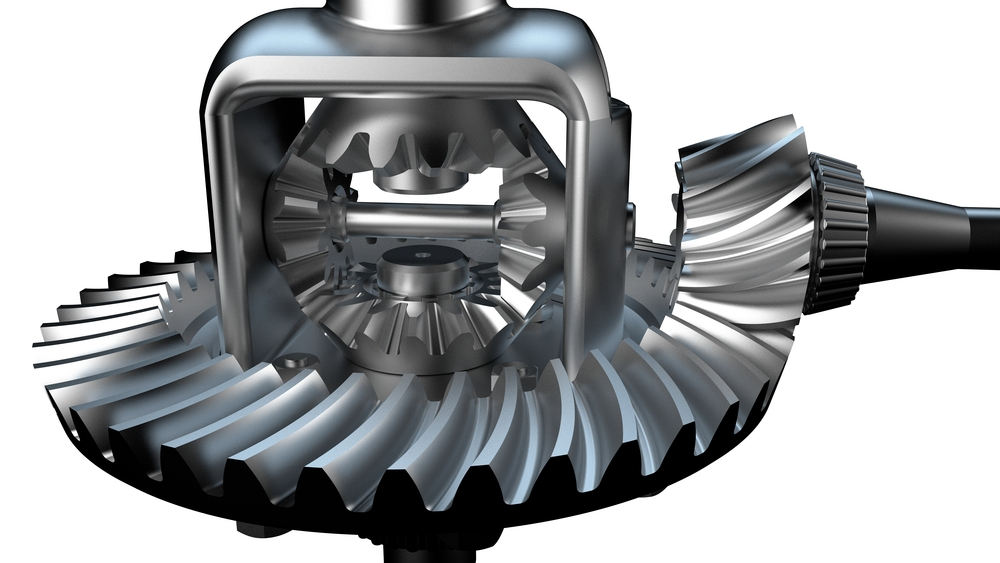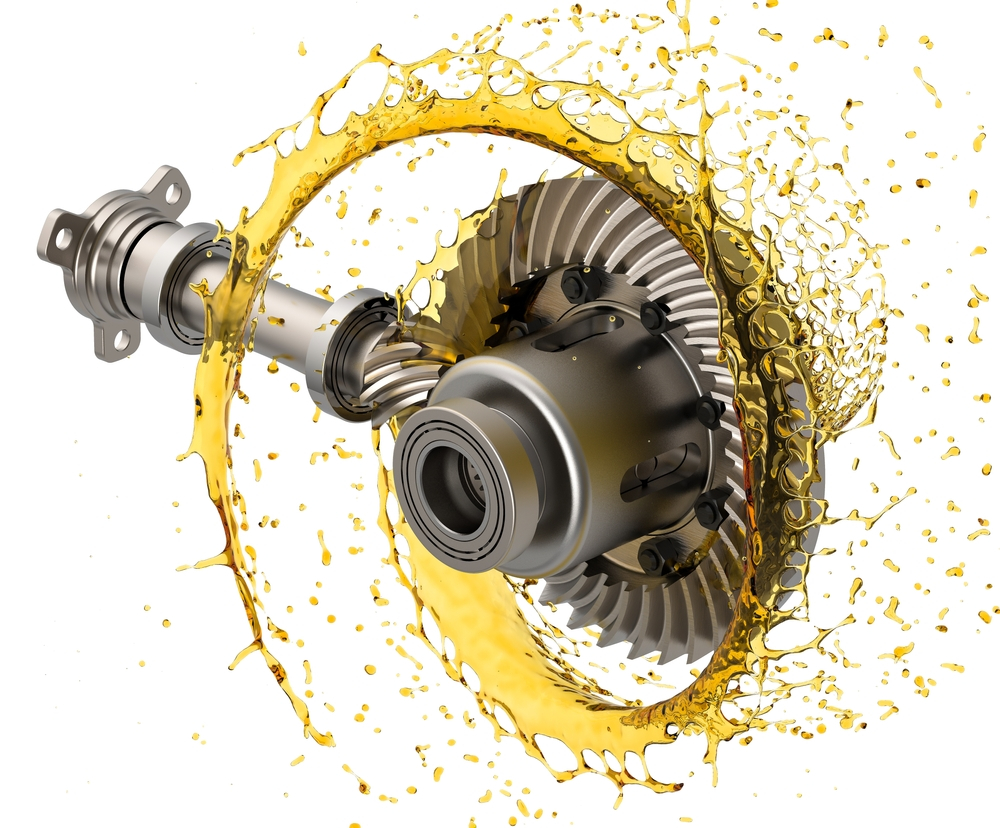Product Description
Transmission Differential Gear for Gear Box
- Brief introduction:
- Hardness: Hard tooth surface, Soft tooth surface
Feature:High efficiency, Low noise and Wear resistance
1. Description
| No. | Item | Description |
| 1 | Name | Gear |
| 2 | Size | Products can be customized. |
| 3 | Testing Equipment | Rockwell hardness tester 500RA, Double mesh instrument HD-200B & 3102,Gear measurement center instrument CNC3906T and other High precision detection equipments |
| 4 | Certification | GB/T19001-2016/ISO9001:2015 |
| 5 | Usage | Used in printing machine, cleaning machine, medical equipment, garden machine, construction machine, electric car, valve, forklift, transportation equipment and various gear reducers.etc |
| 6 | Package | According to customer’s request |
2. Photos
HangZhou Zhihai Machinery Co., Ltd. is a professional engaged in the development, production, sales of all kinds of precision gear and mechanical transmission parts of the enterprise. The products are not only sold on the domestic market, but also exported to Europe and Southeast Asia.
Company’s main products are: All kinds of gear box for host plant supporting gear andtransmission parts. Especially suitable for mass production of modulus of 0.8 to 6straight gear, bevel gear, the inner gear ring and cone type (umbrella) gear, gearaccuracy from the standard 5-8 level.
3. Order process
a. Customer sends us the drawing or sample, If only sample, our company supply the CAD drawing.
b. Our company supplies the processing technique and quotation.
c. Our company supplies the sample after customer confirmed processing technique and quotation.
d. Customer places the order after confirm the sample.
e. Customer pay 50% deposit
f. Quantity production.
g. Pay the balance after the acceptance and confirmation.
h. Delivery.
| Application: | Motor, Electric Cars, Motorcycle, Machinery, Marine, Agricultural Machinery, Car, Truck |
|---|---|
| Hardness: | Hardened Tooth Surface |
| Gear Position: | External Gear |
| Manufacturing Method: | Gear Hobbing, Gear Shaping and Gear Grinding |
| Toothed Portion Shape: | Involute |
| Material: | 45#Steel,20crmnti,40cr,20CrNiMo,20mncr5,Gcr15simn, |
| Customization: |
Available
| Customized Request |
|---|

Can differential gears be used in electric and hybrid vehicles?
Yes, differential gears can be used in both electric and hybrid vehicles. While electric and hybrid vehicles have different powertrain configurations compared to traditional internal combustion engine vehicles, they still require differential gears to distribute power between the wheels and accommodate speed differences. Here’s a detailed explanation:
1. Electric Vehicles (EVs):
In electric vehicles, the power is provided by one or more electric motors. These motors generate torque directly, eliminating the need for a traditional transmission system with a driveshaft. However, EVs still require differential gears to distribute power between the wheels.
2. Single-Speed Transmissions:
Many electric vehicles use single-speed transmissions, also known as direct-drive systems, which do not require multiple gears for speed variation. In these cases, the differential gear is integrated into the electric motor assembly, allowing it to distribute torque between the wheels.
3. Speed and Torque Distribution:
The differential gear in electric vehicles functions similarly to those in conventional vehicles. It accommodates speed differences between the wheels during turns and adjusts torque distribution to ensure optimal traction and control. This helps prevent wheel slip and allows for smooth cornering.
4. Hybrid Vehicles:
Hybrid vehicles combine an internal combustion engine with one or more electric motors. The powertrain configuration varies depending on the type of hybrid system, such as series hybrids, parallel hybrids, or plug-in hybrids. Despite the presence of an internal combustion engine, differential gears are still utilized in hybrid vehicles.
5. Transmissions in Hybrid Vehicles:
Hybrid vehicles often incorporate transmissions to optimize power delivery and efficiency. These transmissions may include differential gears or specific components that perform similar functions to distribute power between the wheels.
6. Regenerative Braking:
Both electric and hybrid vehicles commonly use regenerative braking systems to capture and store energy during deceleration. Differential gears play a role in transmitting torque from the wheels to the electric motor during regenerative braking, allowing the motor to act as a generator and recharge the batteries.
7. Differential Types:
Electric and hybrid vehicles can utilize various differential types, including open differentials, limited-slip differentials, or electronically controlled differentials. The choice of differential depends on factors such as vehicle performance, traction requirements, and driving conditions.
8. Advancements and Innovations:
With the evolving technology in electric and hybrid vehicles, there are also advancements and innovations in differential systems. Manufacturers are exploring new designs, such as integrated motor and differential units, to optimize power distribution and efficiency in these vehicles.
In summary, differential gears are indeed used in electric and hybrid vehicles to distribute power between the wheels, accommodate speed differences, and ensure optimal traction and control. The specific configuration and integration of differential gears may vary depending on the vehicle’s powertrain design and transmission system.

How do differential gears affect fuel efficiency in vehicles?
In vehicles, differential gears can have an impact on fuel efficiency. Here’s a detailed explanation of how differential gears affect fuel efficiency:
- Gear Ratio: The gear ratio of the differential can affect fuel efficiency. A higher gear ratio (numerically lower) allows the engine to run at lower RPMs for a given speed, which can result in improved fuel efficiency. This is because the engine operates more efficiently in its lower RPM range, consuming less fuel. On the other hand, a lower gear ratio (numerically higher) can provide better acceleration and performance but may result in higher fuel consumption.
- Friction and Efficiency Losses: Differential gears introduce friction and mechanical losses in the drivetrain. As power is transmitted from the engine to the wheels through the differential, some energy is lost due to friction in the gears, bearings, and other components. These frictional losses reduce overall efficiency and can have a slight impact on fuel consumption. However, modern differentials are designed with efficiency in mind, and advancements in lubrication, materials, and manufacturing techniques help minimize these losses.
- Limited-Slip Differentials (LSD): Limited-slip differentials (LSDs) can have a minor effect on fuel efficiency compared to open differentials. LSDs use additional mechanisms to distribute torque between wheels, resulting in a slight increase in mechanical losses and energy consumption. However, the impact on fuel efficiency is generally minimal and may not be noticeable in everyday driving situations.
- Driving Style and Traction: The traction characteristics of differential gears can indirectly influence fuel efficiency. In slippery conditions or situations where wheelspin occurs, open differentials may allow excessive power to be lost in wheel slip, resulting in reduced traction and poorer fuel efficiency. Limited-slip differentials or advanced traction control systems can minimize wheel slip and improve overall traction, leading to better fuel efficiency by reducing power wastage.
- Vehicle Type and Design: The impact of differential gears on fuel efficiency can vary depending on the vehicle type and design. Factors such as weight, aerodynamics, tire type, transmission, and overall drivetrain configuration play a significant role in determining fuel efficiency. While differential gears are a part of the drivetrain, their influence on fuel efficiency needs to be considered in conjunction with other vehicle characteristics.
In summary, differential gears can affect fuel efficiency in vehicles primarily through their gear ratio, friction and efficiency losses, and traction characteristics. While the impact on fuel efficiency is generally modest, optimizing the gear ratio and minimizing frictional losses can contribute to improved fuel economy. Additionally, the traction benefits provided by limited-slip differentials or advanced traction control systems can indirectly enhance fuel efficiency by reducing power wastage in wheel slip situations.

Can you explain the concept of torque distribution in a differential gear?
Torque distribution is a fundamental concept in a differential gear that refers to the way rotational force is distributed among the wheels of a vehicle. Here’s a detailed explanation:
In a vehicle equipped with a differential gear, torque is transmitted from the engine to the differential, and then further distributed to the wheels. The differential gear ensures that torque is divided between the wheels, allowing them to receive power and propel the vehicle forward.
1. Power Input:
The torque distribution process begins with the power input from the engine. The engine generates rotational force, or torque, which is transmitted through the drivetrain to the differential gear.
2. Differential Assembly:
Within the differential gear, torque is distributed among several components, including the ring gear, pinion gear, side gears, and spider gears. The specific arrangement may differ depending on the type of differential used.
3. Side Gears and Spider Gears:
The side gears are connected to the axle shafts, which extend to the wheels. The spider gears, also known as planetary gears, are positioned between the side gears. When torque is applied to the differential assembly, it is transferred to the side gears through the spider gears.
4. Equal Torque Distribution:
In a straight-line driving scenario, where both wheels have equal traction and are rotating at the same speed, the spider gears rotate freely on their respective shafts. This allows the side gears to rotate at the same speed as the differential case, resulting in equal torque distribution to both wheels. As a result, both wheels receive an equal share of power from the differential.
5. Unequal Torque Distribution:
During turns or when one wheel encounters different traction conditions, the wheels need to rotate at different speeds. In this situation, the spider gears are forced to rotate along with the side gears due to the difference in rotational speeds between the two wheels.
As the spider gears rotate, they allow the side gears to rotate at different speeds, compensating for the variation in wheel speeds. This results in unequal torque distribution, with the outer wheel (on the outside of the turn) receiving more torque and the inner wheel (on the inside of the turn) receiving less torque. The differential gear enables this torque differentiation, ensuring that the wheels can rotate independently while still receiving power from the differential.
6. Optimizing Traction:
The torque distribution in a differential gear plays a crucial role in optimizing traction. Unequal torque distribution allows the wheel with better traction to receive more power, maximizing the vehicle’s ability to maintain forward motion. This is particularly beneficial in situations where one wheel is on a slippery surface or encounters reduced traction conditions.
7. Differential Types:
It’s important to note that different types of differentials can provide varying torque distribution characteristics. For example, open differentials primarily distribute torque equally, while limited-slip differentials and locking differentials offer varying degrees of torque biasing to improve traction in specific conditions.
In summary, torque distribution in a differential gear refers to the division of rotational force among the wheels of a vehicle. The differential gear enables equal torque distribution during straight-line driving and unequal torque distribution during turns or varied traction conditions. By optimizing torque distribution, the differential gear ensures efficient power delivery, traction optimization, and overall performance of the vehicle.


editor by CX 2023-10-11